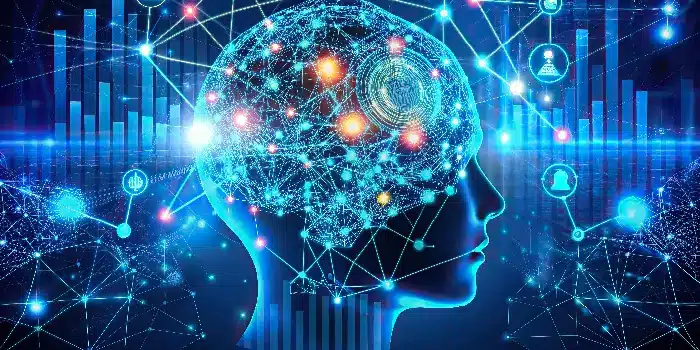AI Glossary
Supervised Learning – Short Explanation
Supervised learning is a machine learning approach where algorithms are trained on labeled datasets – that is, data with known inputs and expected outputs. The model learns to recognize patterns and relationships in the data in order to make accurate predictions or classifications when presented with new, unseen inputs. It underpins many AI systems in use today, from voice assistants to image recognition and fraud detection.

Table of Contents
Supervised Learning in the Real World
Supervised learning has two different subcategories. These are classification and regression.
- Classification – with classification, the algorithm is provided with data points in a specific category. The classification algorithm will then allocate these data points appropriately based on type and class so that it matches the training data. A great example of a classification algorithm is a determination of whether an email is spam or not. In this case, the question is binary – it either is spam, or it is not. With accurate training data provided to the system that includes spam and non-spam emails, the algorithm with make categorizations to match. Once correctly trained, this model can then be utilized to sort uncategorized messages.
- Regression – regression is slightly different. Here the algorithm is looking for relationships between different variables. Regression algorithms are used to make predictions such as income, test scores, and sales results through an understanding of how independent and dependent variables interact.
Tip:
Effective supervised learning depends on the quality, volume, and accuracy of labeled training data.
LXT delivers high-quality, fully annotated datasets across modalities – text, image, audio, and video – tailored to your domain and use case, enabling you to train powerful AI systems with confidence.
Supervised Learning in the World of AI
Phones can recognize people by their photos and voice, pictures get automatically classified and tagged and more through supervised learning. This does not happen by accident, though, supervised learning is at the heart of AI as we know it. To train these algorithms, researchers and developers use datasets numbering in the millions. These millions of food pictures from Instagram or photos from a Google search are each labeled and categorized before being fed into the AI.
The algorithm will then use classification and regression to group the data together. This data is then further validated by developers for accuracy and adjustments are made where appropriate. The process repeats until the algorithm is correctly able to identify and categorize images without tags provided.
